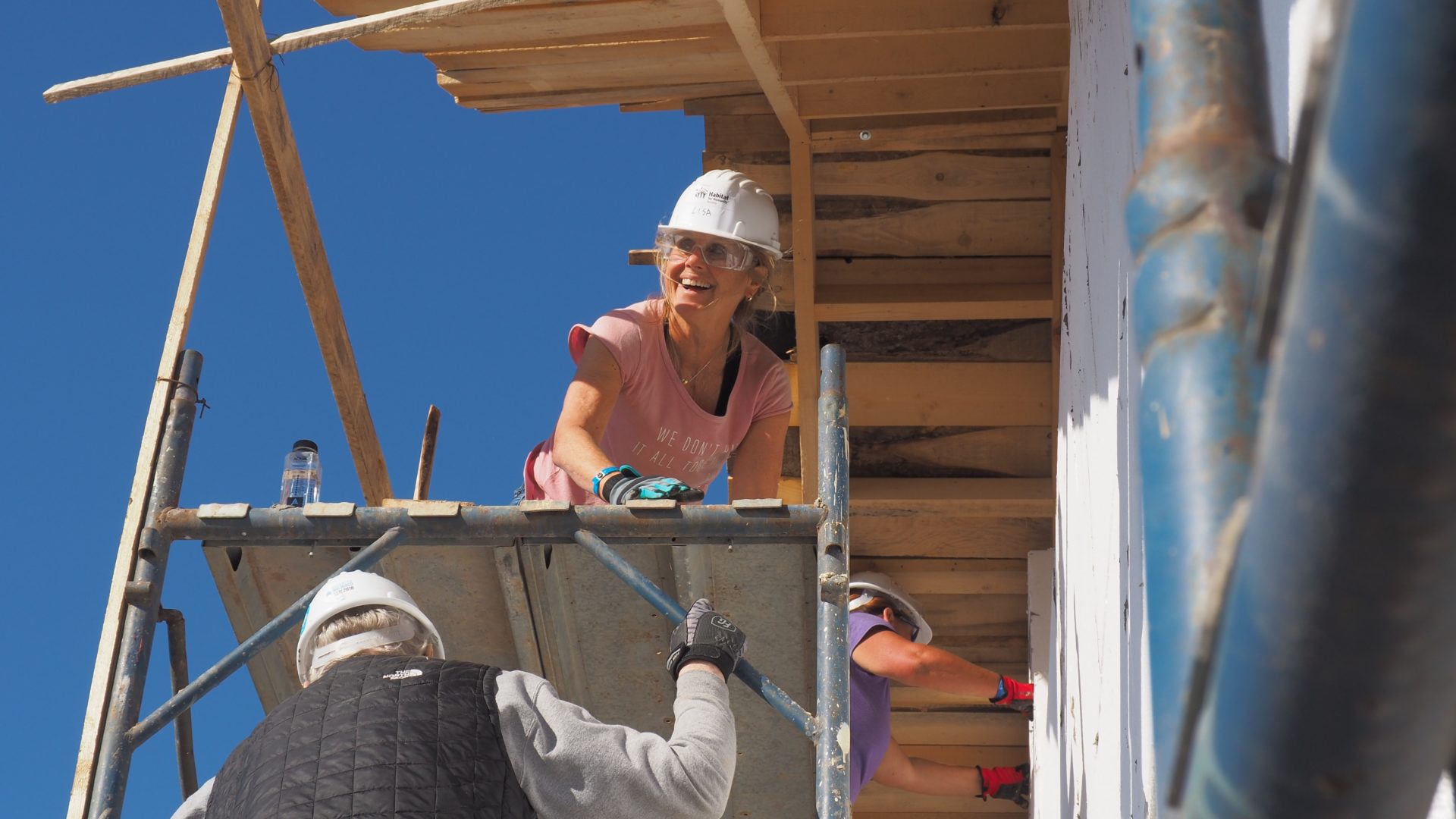Understanding Construction Loans
Building a new house requires a different kind of financing
If you're thinking of building — rather than buying — your dream house, good for you! However, consider that instead of financing construction with a traditional mortgage, you'll likely need a construction loan. This article helps explain what a construction loan is, construction loan timelines, how these types of loans work and how to approach financing for contractors.
What are construction loans?
While a traditional home loan is based on the fair market value of the home and determined by comparing its condition to other homes recently sold in the area, construction loans are based on the projected value of the new home upon completion. Construction loans generally have a shorter term than traditional mortgage loans, and a higher interest rate applied to it.
The two most commonly sought types of construction loans are:
- Construction-to-permanent loans: If you have definite construction plans and timelines in place, this is probably the loan for you. With construction-to-perm financing, the lender pays the contractor while the work is underway. The loan is then converted to a more conventional mortgage upon completion, locking in an interest rate at closing.
- Construction-only loans: Construction-only financing differs in that the loan must be fully repaid once construction is complete. These loans are typically sought out by borrowers who already have savings to work with or plan to use profits from the sale of their current home to cover the loan of the newly constructed home. Often, a traditional mortgage can be applied for to cover the difference after the construction loan is paid off.
How construction loans work
Unlike conventional home purchase financing, in which the cost of the home is paid in one lump sum at closing, construction loans have structured installment payouts tied to each phase of the build. The lender pays the building contractor a percentage of the loan amount upfront so that they have the necessary funds to start the build. Then, at scheduled intervals, installment payments are made to allow the builder to cover costs for each phase of construction. The frequency and amount of these payments, aka “draws,” are negotiated by the lender, the builder and the borrower.
Before each installment payment is made, the lender works with an inspection service to validate expenses during that phase of construction and determine if the project timeline is still on course. When work is completed, the builder is paid the last draw. The cost is then transferred to the buyer at closing.

Construction loan requirements: How to apply
Applying for a construction loan is different than financing a pre-existing house or a condo. Buying a made-to-order home has additional variables, such as material delivery, timelines affected by weather and sub-contractor dependency. Because of this, new home construction is sometimes considered a higher risk and can be harder for the borrower to qualify for one.
Before applying, consider these construction loan requirements:
- Your builder must be a licensed general contractor with a long-standing reputation for building quality homes.
- Your lender will require an appraised estimate of the value of the completed home.
- Your lender will also require fully-realized construction plans, with complete details on everything from timeline to floor plans to an inventory of proposed building materials.
- Your builder will need to provide cost and profit projections and a list of suppliers and subcontractors.
- To minimize the lender's risk, many lenders will ask for a down payment of between 20% and 25% to cover the initial draw payment at the beginning of the project.
Pros & cons of a construction loan
Advantages of construction loans.
- Interest-only during construction:
- Because construction loans aren't paid out in full until the structure is complete, the borrower doesn't pay any of the principal until after closing. An advantage here is that because you're only obligated to make interest-only payments during construction, you have more time to save for a down payment at closing.
- Terms are flexible:
- While your lender will require specific plans for your build, it's understood that things change during a build. Luckily, construction loans offer more flexible loan terms than conventional loans, so you and your lender can work around the needs of the project.
- Phased check-ins keep things on-track:
- During the building process, the inspections your lender makes before paying a draw help to ensure that your contractor stays on schedule and within budget.
Construction loans also have disadvantages to consider.
- Higher interest rates:
- Construction loans are typically offered at variable interest rates, usually a few percentage points over the prime rate offered for conventional mortgages.
- Required credit scores and down payments are often higher:
- Just as qualifying for construction loans is not as straightforward as applying for a conventional home loan, borrowers are often required to have the highest credit scores possible as well as proof of higher-than-average down payments.
- Shorter terms are risky:
- Construction loans are structured with a shorter term, usually a year. If a build isn't completed by the time that the loan balance is due, the borrower may have to pay a fee to extend the terms.
- Credit score changes:
- Another risk is directly related to credit ratings: if it drops between the time you're approved and when construction is complete, a lender could deny transition to a conventional mortgage. If you can't pay the remaining balance of the loan in full, your newly-constructed dream home could end up in foreclosure.

A final note about financing for contractors
Financing home construction is no small undertaking so be sure you're working with a reputable and licensed builder. That's your best bet to get a lender to agree to finance a contractor and a new construction project. Find a builder who has experience in budgeting and scheduling, and can work well with deadlines and the limitations of lender inspections and phased payments. Ask for a list of the builder's current and recent projects along with profit and loss reports.
Do your research, obviously, but also ask your loan officer or lender for guidance. They work with builders in the communities they do business in and will be able to steer you clear of contractors who have caused issues in the past.
Advantages of new construction financing with Movement Mortgage
When you're ready, talk to a Movement Mortgage loan officer about your new construction financing. Our construction loan options can combine custom build financing, and the traditional mortgage in one loan, with low down payment options of just 10% for primary purchases and 20% for second homes. Plus, we can talk about using the equity on your building lot toward your down payment. Our loans are interest-only during the construction phase and are structured so that you'll have just one closing, with only one set of closing costs. Plus, we offer a rate lock before closing with a one time float down option.
Our construction-to-perm program is available in quite a few states. Please contact a Movement Mortgage loan officer to see if it applies to where you are thinking of building. They are adept at financing all types of loans and are particularly skilled in residential new construction. Speak with one today to get pre-approved and started on your new home.



